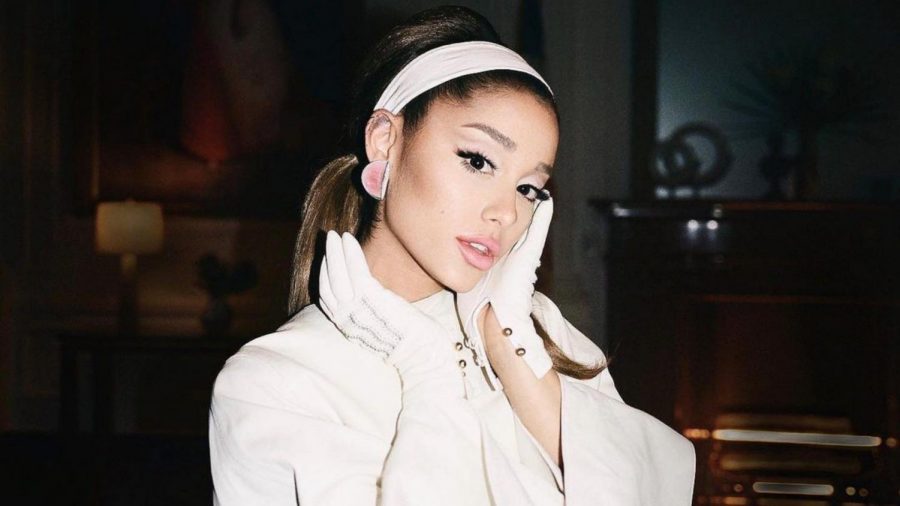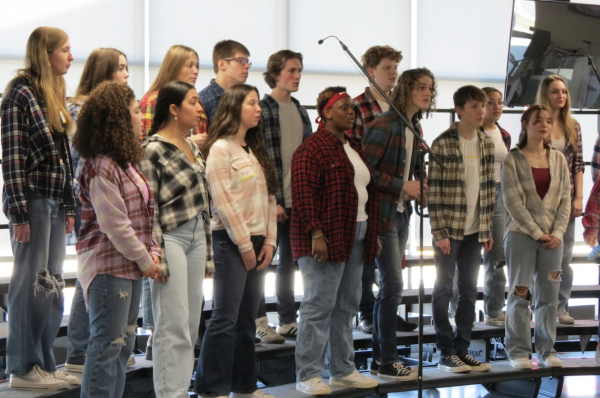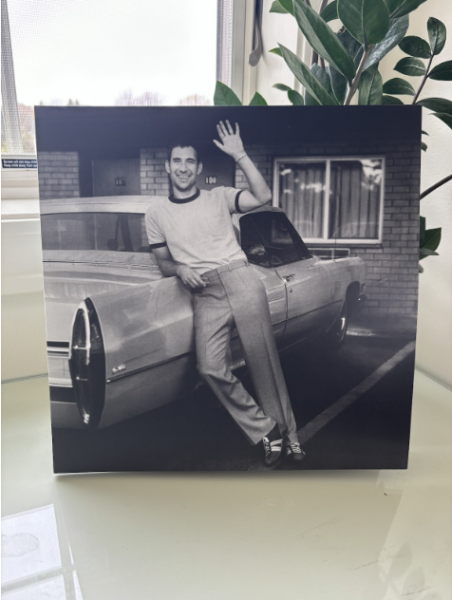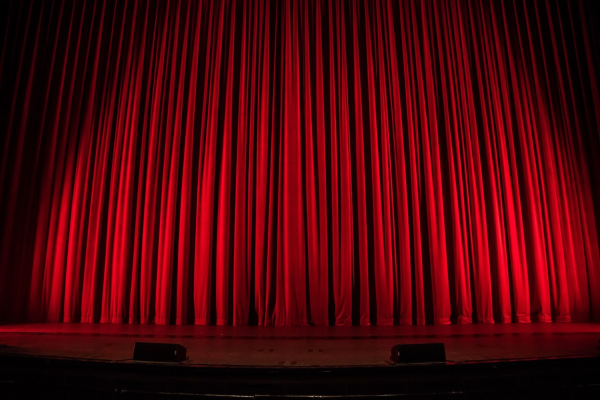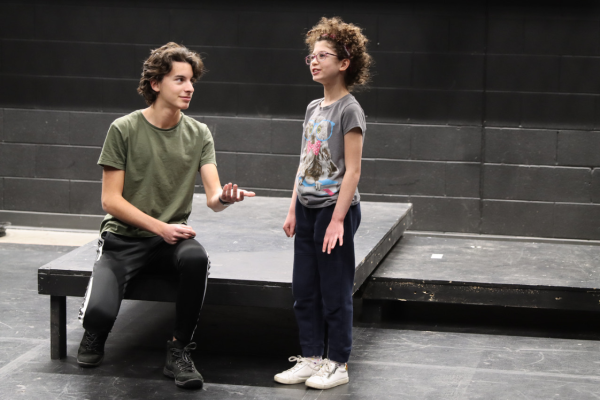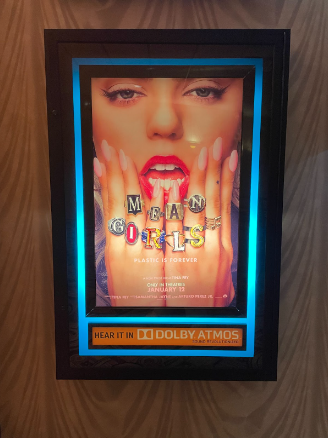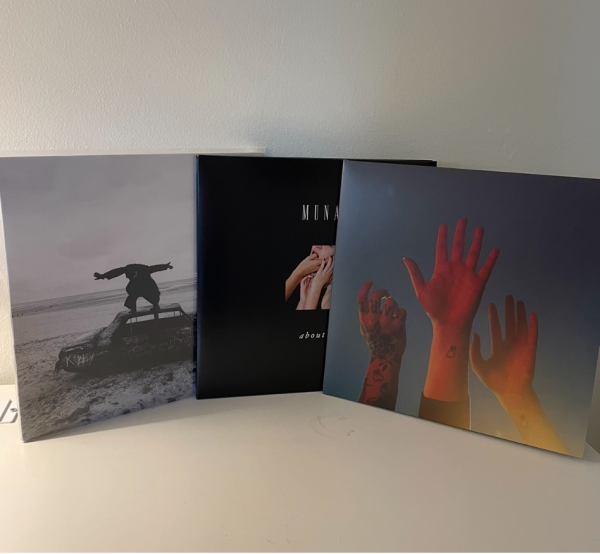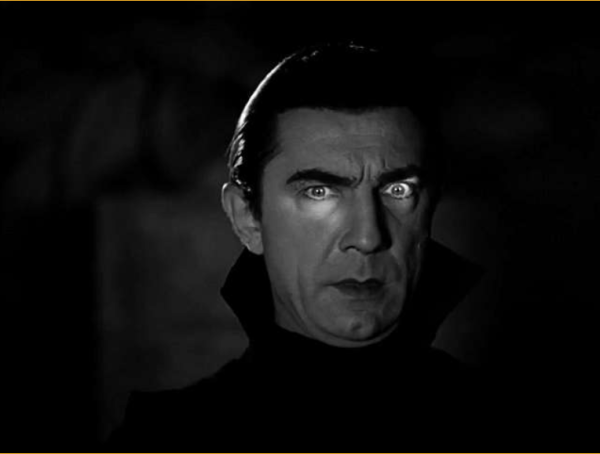Ariana Grande & The Commodification of Ethnic Features
REPUBLIC RECORDS 2021 | Ariana Grande in early 2021, in her “Positions” era. She is steadily reaching her next drastic shift in skin tone and dress.
Ariana Grande is a superstar. She’s a phenomenon that only happens once in a generation. She has a beautiful, belting voice and is a beauty herself. But a person doesn’t come without their flaws.
Grande participates in a complicated and problematic habit that we’ve seen in many other celebrities and influencers, including the entire Kardashian-Jenner dynasty. Among this group, she happens to be the most prolific.
Grande has come under fire online recently for her appearance. Content creators, on TikTok specifically, have been comparing photos of her over the years, noticing from 2017 to 2021 that Grande has gone through a drastic shift in her skin tone.
In 2017, after the release of her music video for “7 rings,” Grande was accused of blackfishing and appropriating black culture and aesthetics to boost her image. Blackfishing, a term coined by Youtuber Everybody Hates Angel, is a portmanteau used to describe white women manipulating their features and mannerisms to imitate those of Black women.
In the “7 rings” music video, Grande is surrounded by Black women and women of color. She uses “trap house/queen” imagery and is dressed in the “baddie” aesthetic. She uses this imagery to appear more “hood” and sexy, which perpetuates Black stereotypes. For hundreds of years, Black people have been portrayed as promiscuous, violent, and savage to justify their dehumanization and the torture that they were subject to in the hands of white people. Grande’s perpetuation of these stereotypes sets the Black community back and proves that she doesn’t understand the history or impact of the culture she’s stealing.
Another problematic aspect of the “7 rings” music video is its subject matter. The song itself is focused on the obscene wealth and luxuries that Grande and her friends have. The song also employs AAVE (African American Vernacular English) in its lyrics and delivery. Grande uses the words and appearance of Blackness, which have both stemmed from the struggles and poverty that the Black community has faced as a result of their systemic oppression. Grande coupling the subject matter with these aesthetics doesn’t show that she’s a “baddie”; it shows that she’s tone-deaf.
Yeah, my receipts, be lookin’ like phone numbers / If it ain’t money, then wrong number / Black card is my business card / The way it be settin’ the tone for me
Grande took elements of a systematically oppressed group for aesthetics while actively being part of the dominant group that actively oppresses others, which is the definition of cultural appropriation. But Grande took it a step further. She presented as a member of that community.
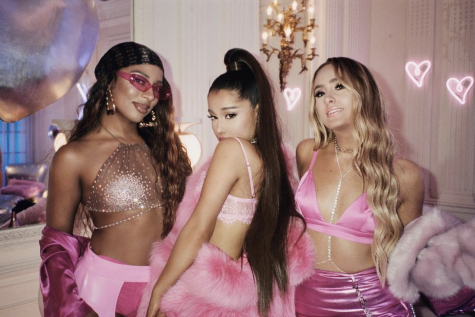
(Republic Records 2017)
Over several years, Grande gradually darkened her skin tone, changed her accent, and employed many different ethnic features to disguise herself as a member of the Black community or as someone of mixed race. She is neither. Both of her parents are fully white, and, while she may be Italian, she is far from anything pertaining to non-whiteness.
Grande started her career as white, and her attempts to change her identity happened over the course of time after her success was already locked in. She adopts all of these ethnic features for music videos and performances, but she disposes of those features and reasserts her whiteness for professional opportunities such as her British Vogue cover in 2018. The use of white features to appear demure and delicate perpetuates racial stereotypes. How she uses different racial features may seem harmless, but it tells us a lot about how she views the Black community as a whole and how she manipulates stereotypes in her favor.
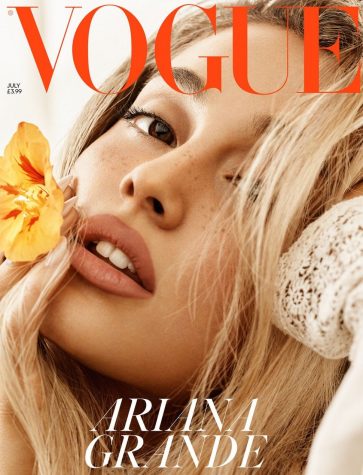
After parading as a Black woman throughout the late 2010s, Grande came into 2020 newly engaged and nearing her thirties. She subtly let go of all of her ethnic features that fans had been defending for years, and she revealed a new skin tone that we had only seen at the start of her career. Grande leaned into her whiteness to transition into a new persona: the elegant, classy, mature thirty-year-old.
Grande’s newly-found whiteness was also used for promotional and professional opportunities. Her new makeup line, her coach position on “The Voice,” and her roles in “Wicked” and “Don’t Look Up” all came to her after dropping the faux-Blackness.
Every action of super-mega celebrities such as Grande is carefully curated and is rarely accidental. Her skin tone lightening was a decision made by her team, and the milestones that she’s hit after the fact were no coincidence. All of these decisions were made for one reason: monetary gain.
Grande’s primary manager, Scooter Braun, is notorious for taking his artists’ for granted and controlling their every move. This also includes his controversy with Taylor Swift, one of the biggest names in pop music. With management like Braun’s and an influence like Grande’s, there’s no doubt that her transformation was not only premeditated but implemented for monetary success.
Grande and her team must have seen all of the backlash that she received from her blackfishing and cultural appropriation (which ultimately made Grande unprofitable), so they disposed of her “hood” aesthetic and chose to drape her in the femininity and elegance that inherently comes with whiteness.
Her wedding photos especially told us all that we needed to know about her “transformation.” Grande’s wedding makeup and skin tone compared to how she usually looks for award shows is very telling. It seems like Grande associates fair skin with romance, elegance, and class and tan skin with sexiness, savagery, and toughness.
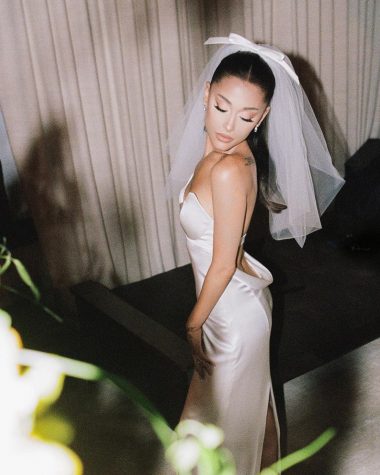
Like most race-baiters, Grande took it too far. Recently, her fair skin slowly transitioned to include a slimmer cat eye, darker hair, and aegyo-inspired makeup. Content creators spoke up again, and they have accused Grande of Asianfishing.
Grande’s image has completely flipped, but it’s gone to the extreme of fairness. She has become so fair, feminine, and demure that she has become faux-Asian. She now applies East Asian beauty trends and standards and is perpetuating harmful stereotypes towards East Asian women.
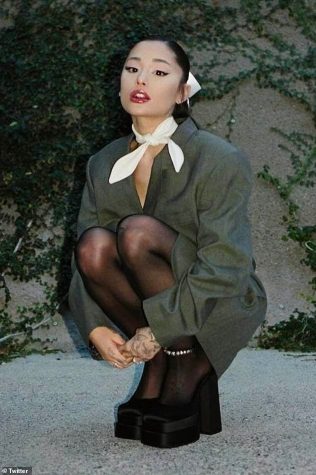
The difference between 2017 Grande and 2021 Grande is grave and makes her unrecognizable. Many netizens (online users and content creators) criticized Grande’s airbrushed makeup and clothing. Her winged eyeliner appears to slant her eyes, and her foundation is many shades lighter than even her wedding photos. The oversized blazer is an homage to the rising trend of oversized menswear in South Korean fashion, and the white bows in her hair and around her neck are reminiscent of schoolgirl cosplays of Japanese media. Even the lip gloss is pulled from the dewy K-beauty trend. Many elements of her ensemble in the photoshoot are inspired (or stolen) from East Asian media and trends.
Grande was accused of perpetuating harmful stereotypes against Asian women by making herself appear submissive, pale, and “exotic.” These stereotypes have fallen onto Asian women to justify their rampant sexualization and objectification. Some may see it as Grande simply following trends, which is expected of someone with such high influence and renown, but it is not just what she is wearing.
Asian girls, not adult women, especially have been targeted by white men because they appear submissive and demure, according to stereotypes. From their school uniforms to the media they consume, everything surrounding their identity is hyper-sexualized. This hyper-sexualization has made Asian women more susceptible to hate crime and sexual assault.
With the tilt of the head and the perfectly practiced pout, Grande’s pose makes her appear smaller and childlike. She does this all while sporting East Asian trends, which associates East Asian women with these childlike mannerisms.
Grande deleted the Instagram post swiftly, and the urgency shows that she is aware of the backlash she receives, but she and her team lack the foresight to notice that these images could be harmful or reinforce stereotypes towards the people she’s lifting from.
Making ethnic features and cultures not only a commodification but also disposable targeted communities and perpetuates harmful stereotypes against them. Grande, like most influencers, has taken cultural appropriation and race-fishing to the extreme.
This behavior has received endless backlash from even her biggest fans, yet she has shown that she will not stop any time soon.
Big personas like Grande appropriate cultures constantly, but that doesn’t mean we should accept it and stand for it. We need to learn to speak up against the people who participate in cultural appropriation, even a powerhouse like Ariana Grande.



